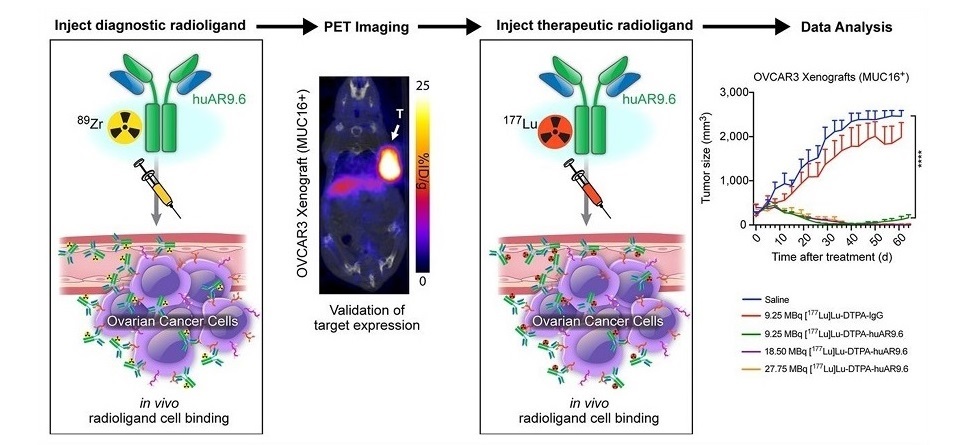PET/CT System Enhances Disease Detection and Treatment Assessment
By MedImaging International staff writers
Posted on 26 Jun 2014
A new positron emission tomography/computed tomography (PET/CT) system, enabling both excellent image quality and intelligent quantitation, helping physicians deliver the best possible patient outcomes. Posted on 26 Jun 2014
Physicians not only want the ability to detect smaller lesions, but also the ability to determine earlier whether the patient is responding to current treatment. With the highest sensitivity in the industry (up to 22 cps/kBq), the largest axial field-of-view (up to 26 cm) and excellent quantitative standardized uptake value (SUV) measurements, the Discovery IQ system provides a vital approach to delivering customized patient care. It enables physicians with the ability to see smaller lesions, scan faster with lower dose and improved image quality, read more efficiently, and reach more patients.
“By 2020, it’s estimated that 50% of people will develop cancer at some point in their lives and we also know that currently approximately 70% of cancer patients do not respond to their initial chemotherapy treatment,” said Steve Gray, president and CEO of GE Healthcare (Chalfont St. Giles, UK) multiple-image CT (MICT). “I’m excited to introduce the Discovery IQ to help physicians with their primary mission of delivering the best possible patient outcomes. And, we’ve focused on designing the system to make it as accessible as possible to more people in more places, to ensure high-performance PET/CT clinical care is available to whoever needs it.”
Some key innovative features of Discovery IQ include: (1) GE Healthcare’s Q.Clear PET reconstruction technology, providing up to twice the enhancements in both image quality and quantitation accuracy. (2) A fully scalable system, allowing for the ability to upgrade as department needs change. (3) This platform will be available also for the mobile market, enabling the latest technology across both fixed and mobile setting. (4) The new platform design and the new LightBurst detector technology allow for whole organ imaging using fast scans at low dose to help maximize patient comfort and safety. (5) Lastly, fast electronics and a dual-acquisition channel provide high quantitative accuracy for all clinically relevant tracers.
“As a leading US academic institution with a strong international interest in oncology services, our mission is to provide high quality care to patients close to home,” said Charles Bogosta, president of the University of Pennsylvania Medical Center’s (UPMC; Philadelphia, USA) international and commercial services division. “We are excited to see GE’s vision of quality, affordability, and access so well aligned with ours in this regard.”
GE Healthcare’s Q.Clear technology is a critical component of Discovery IQ. This application, for the first time, offers no trade-off between image quality and quantitative SUV measurements. By providing two times improvement in both quantitative accuracy and image quality in PET/CT imaging, this innovative new tool provides benefits to physicians across the cancer care range from diagnosis, staging, treatment planning, to treatment assessment.
PET image reconstruction technology has been designed to provide better image quality, reduced acquisition time, and lower injected dose. Current PET iterative reconstruction technologies, such as time of flight (TOF) and ordered subset expectation maximization (OSEM), mean a compromise between image quality and quantitation. GE Healthcare’s new Q.Clear technology shows the advantage of full convergence PET imaging with no compromise between quantitation and image quality.
CortexID software has been developed to help physicians assess patient pathologies via evaluation and quantification of PET brain scans. The software help assess human brain PET scans enabling automated analysis through quantification of tracer uptake and comparison with the corresponding tracer uptake in normal subjects. The resulting quantification is presented using volumes of interest, voxel-based or three-dimensional (3D) stereotactic surface projection maps of the brain. The package allows the user to generate data regarding relative alterations in PET-fluorodeoxyglucose (FDG) metabolism and in PET brain amyloid load between a patient’s images and a normal database, which may be the result of brain neurodegeneration.
The system is 510(k) pending from the US Food and Drug Administration (FDA) and is not yet available for sale in the United States and not for sale in all regions.
Related Links:
GE Healthcare














